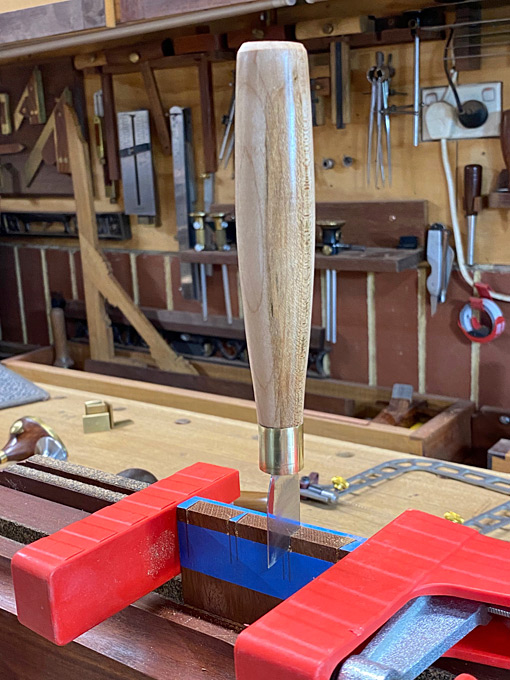If you are using a fretsaw to remove waste from the tails, then a centre (third) saw cut is unnecessary. I recommend using a fretsaw to remove waste from both tails and pins.
My suggestion for the center kerf is only for cutting half blind pins. It wouldn't make sense for through dovetails or a tail board on half blinds.
Unless you have a fret saw trick for getting it into the corners of a half blind pin board. 
jtk
"A pessimist sees the difficulty in every opportunity; an optimist sees the opportunity in every difficulty."
- Sir Winston Churchill (1874-1965)




 Reply With Quote
Reply With Quote











